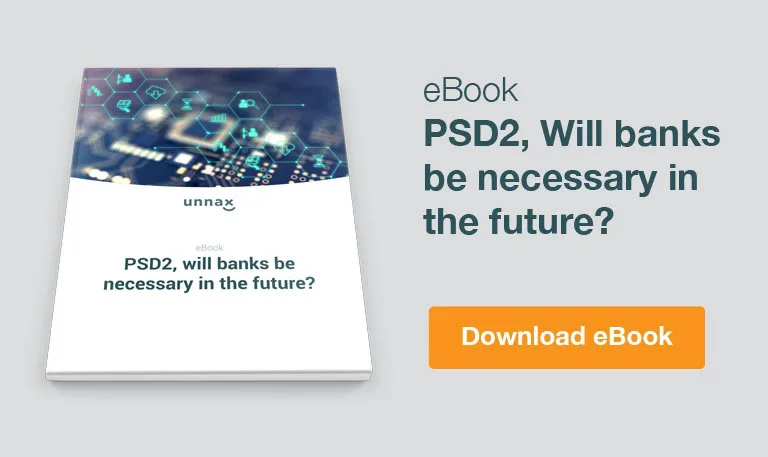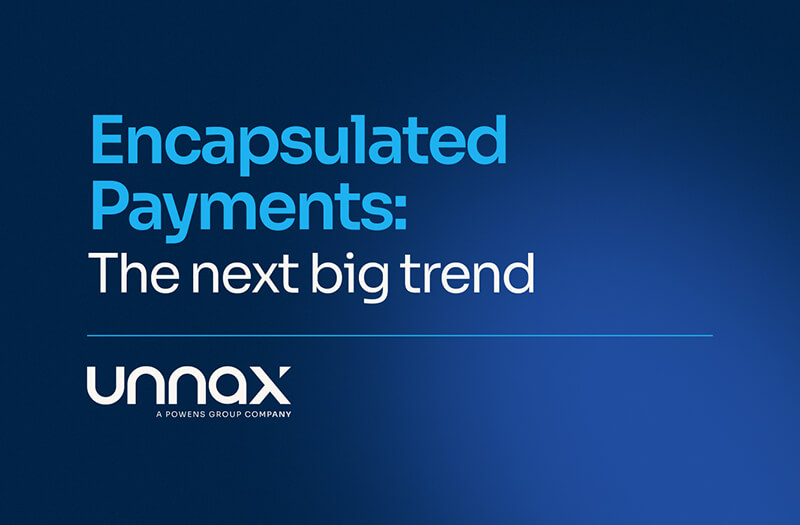The stated goal of the new Payment Services Directive (PSD2) is to boost competition and improve service in the online payments space by opening up bank APIs and bank data to third parties — but there’s actually more to it than that.
Since the directive came into force in January 2018, there’s been a lot of talk about how PSD2 will affect online payments, but another important aspect of it has often been overlooked.
Payments are a crucial aspect of the directive, but not the only one. In fact, there’s another that has received less attention but is potentially more revolutionary.
We’re talking about being able to access clients’ financial data, which certain third parties, known as Account Information Service Providers, or AISPs, can now do under PSD2’s rules.
A person’s financial data can paint an extremely detailed picture of who that person is, what they like, what they are willing to spend money on, where and how they spend it, and a lot of other interesting information.
Being able to read a person’s account requires their authorization, but by bundling the account reading into other digital services that already request the user input certain types of personal information, it’s possible to access their bank account and extract the data.
And what can be done with that data?
First off, by analysing it it’s possible to know how a person spends their money.
Perhaps your user is a compulsive shoe shopper, or maybe they spend a lot of money on books, or technology. Maybe they have subscriptions to every large streaming service on the market, or they eat out at restaurants three or four times a week.
This information is especially valuable because unlike many other forms of customer intelligence, there’s no prediction and inference involved. You can know for certain what a person is spending money on because you can read every movement in their bank account.
You’ve probably already realized it, but the applications for this are potentially endless.
Personalisation and uniqueness
Consumers, especially millennials and the younger generations, want products that connect with them on a personal level. This is where personal financial data can add value to a business.
If I’m targeting a specific demographic and I can know what the people in that demographic are willing to spend money on, I can customize my offer to better match their needs — so they feel it speaks to them personally.
There are other ways in which this sort of deep customer intelligence can be leveraged. For example, in the insurance sector, periodic readings of a person’s bank account could allow a company to offer them fully customized products exactly when they need them.
Say you read your customer’s account and detect they have recently spent €2,000 on flights and a hotel for a vacation. Furthermore, you can know how much the airline or travel company they booked from charges for travel insurance because the information is publicly available.
You could then use this information to reach out to that customer and present a better, more competitive offer, using timeliness (you’re reaching out knowing that there’s a need) and price (it’s cheaper or has better conditions than your competitors) to make your product uniquely attractive.
Deep customer intelligence for fraud prevention
Say you’re in an industry that is susceptible to fraud. Crafting false identities online is not difficult, but it’s very difficult to create fake bank accounts and fake account states.
By reading your (would-be) customer’s account you can immediately detect if there’s something fishy going on, such as if they’re in heavy debt, if the account has been inactive for a very long time, or if it is very new.
It’s also possible to perform more advanced analysis by comparing the data you extract from a given customer’s account with the norm for their demographic profile. If a certain customer’s financial data deviates very heavily from his cadre, it may be worth taking a deeper look at them
The Big Data angle
On a case by case basis, this sort of information can be powerful, but its true value will come through aggregation and analysis in bulk; in other words, through big data.
In the recent Cambridge Analytica scandal, it was revealed that the company found certain interesting patterns through its analysis of facebook personality tests. For example, individuals that claimed to dislike certain countries had a tendency to like certain products.
There’s no question that demographic and economic factors play in to a person’s ideology, and that all of these factors influence how a person behaves as a consumer. The question is, what kind of relationships will we be able to uncover when we add personal financial data to the mix?
As mentioned in the previous section, it may be possible to predict certain types of behaviors with a much higher degree of accuracy than we can now.
We may be able to know how likely a person is to default on a loan, how likely they are to respond positively to a commercial offer, or to abandon a competing provider depending on the characteristics of what we offer them.
Banks are doubtlessly already performing this type of analysis using their customers’ data, but the purview of what they can do with it is limited by how comparatively narrow their interests are in comparison to the spectrum of possibilities the market has to offer.
Partly for structural reasons and partly for practical ones, AISPs will be in a position to innovate much faster and more radically than banks using these new data sources, making them the potential drivers of a wave of innovation that will transform fintech and banking.
In conclusion
There’s no doubt PSD2 is going to change how payments are processed online. It may even replace credit card payments with direct bank transfers eventually, which seems pretty revolutionary given how ubiquitous that mode of payment is. But that’s not where the true transformation will come.
Improving payment processing thanks to new players entering the space will improve quality of life for consumers, but being able to access and leverage a gigantic and entirely new source of information has the potential to transform how companies design their products and services, and how they market them to consumers.










